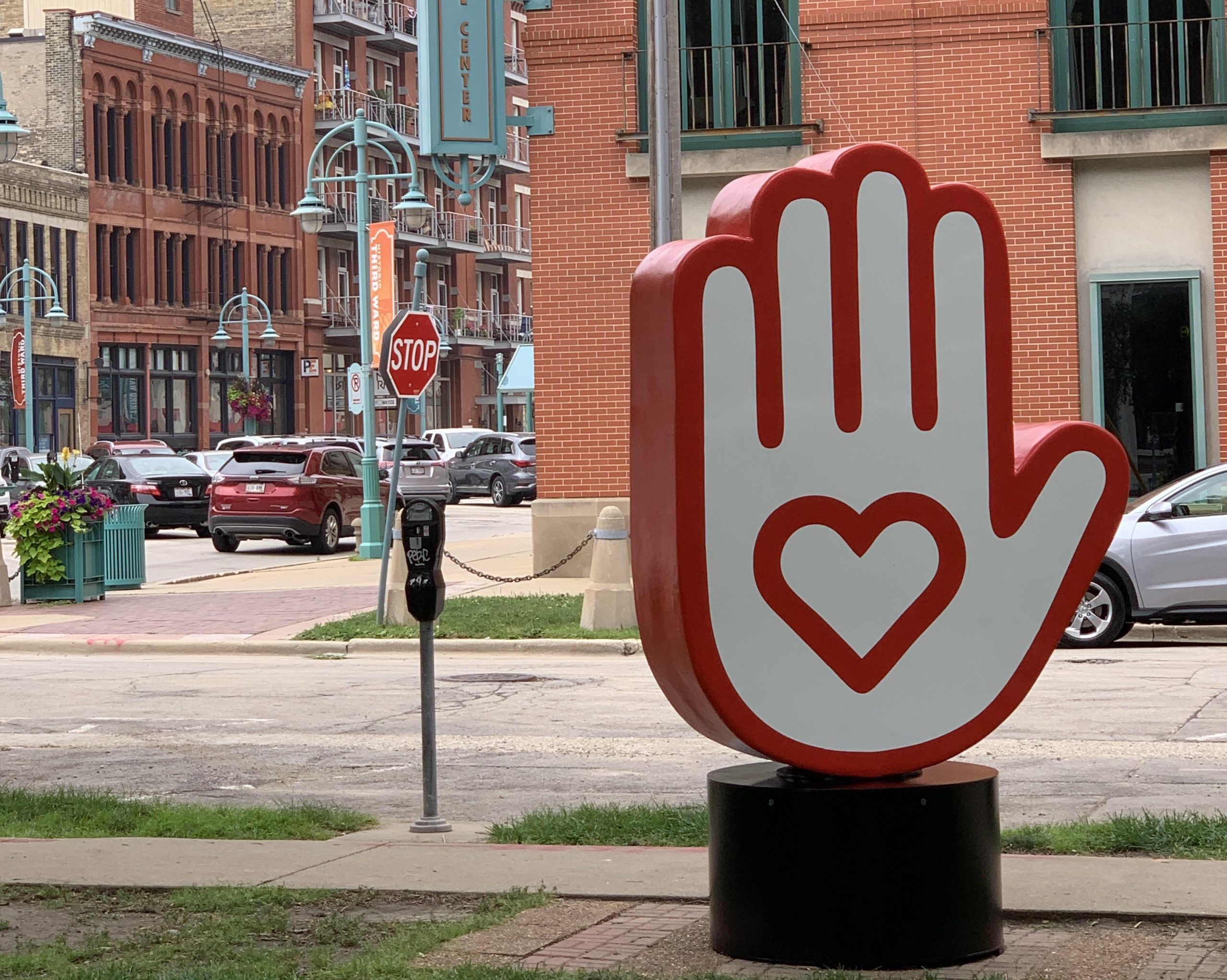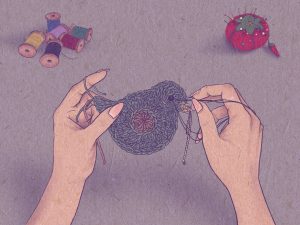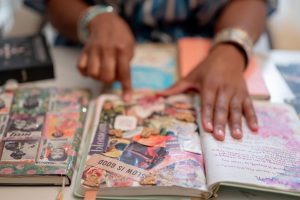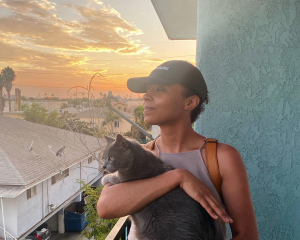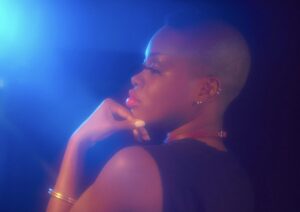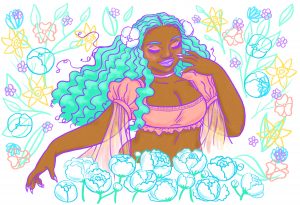Featured Image: Jason Pickleman “Hand Heart,” 2021. A sculpture of a stylized white hand outlined in red. In the palm of the hand is the outline of a red heart. Image courtesy of the artist.
Snapshot is a Sixty column that takes a quick look at art history as it happens in Chicago and the Midwest. We send artists and organizers six short and sweet questions to tell us about what they are doing right at this moment. For this feature, we sent a few questions to Bianca Bova at Sculpture Milwaukee, a non-profit organization that brings world-renowned sculptures to downtown Milwaukee. In the words of the organization, the annual outdoor exhibition “serves as a catalyst for community engagement, economic development, and creative placemaking.” Bianca was kind enough to tell us all about the brief history of the organization and initiative, what art you can see, and the sometimes-complicated logistics of getting everything in place. Check it out while the weather is still nice!
Sixty Inches From Center: How did Sculpture Milwaukee come to exist? What was the inspiration/driving force behind its creation?
Bianca Bova: Sculpture Milwaukee began as an initiative conceived of by Steve Marcus, chairman of the Marcus Corporation, whose aim was to revitalize West Wisconsin Avenue in downtown Milwaukee and make culturally significant sculpture accessible to visitors and residents of the city. Sculpture Milwaukee launched its first exhibition in 2017, under the support and guidance of Milwaukee Downtown and the City of Milwaukee. In 2019, Sculpture Milwaukee became an independent nonprofit organization, and with the recent adaptation of its guest curator program, has evolved into a contemporary art destination in the Midwest.
SIFC: What artists are featured and what would you like to tell us about their work?
BB: The slate of sixteen artists–including Kevin Beasley, Virginia Overton, and Thaddeus Mosley–were chosen by Theaster Gates and Michelle Grabner for inclusion in the 2021 exhibition, there is this We, are a richly diverse cross-section of artists whose practices honor a belief in social change through the provocations of the artistic imagination. A complete biographical roster of exhibiting artists is available on our website.
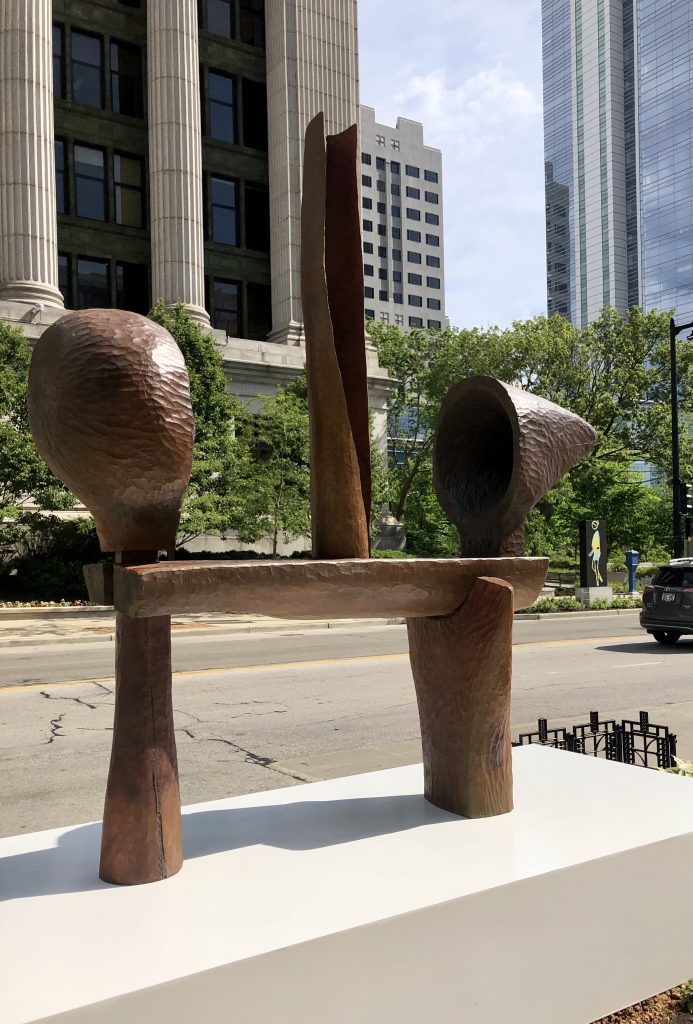
SIFC: As the backdrop to the exhibition, what does the city/community of Milwaukee contribute to the show?
BB: The city of Milwaukee plays a vital role in our exhibitions, both as our primary audience, and through the robust and diverse collaborative partnerships we have with organizations in our community. In 2021, we have worked with the Milwaukee Art Museum to facilitate the permanent installation of a work by Betty Gold on the museum’s campus, and in June welcomed visiting artist and architect Matthias Neumann, who constructed his sculpture Basics #51 on-site near Wisconsin & Fifth with the help of students from the University of Wisconsin-Milwaukee’s School of Architecture & Urban Planning. Looking ahead to the Fall, we look forward to bringing back our community engagement programs, and welcome new and returning partners including the Urban Ecology Center, TRUE Skool, Milwaukee Institute of Art and Design, 3rd Street Market Hall, and the Milwaukee Symphony Orchestra.
SIFC: Who is this show for and who needs to see it? What mark would you like to leave on your audience?
BB: We hope this exhibition serves as a reminder of the resilience of art in a social context. Over the last year and a half, through the conditions of a global shutdown and time marked by a renewed social justice movement and chapters of political turmoil, sculpture remained in the streets. Public art has the unique pleasure of being available to everyone, all of the time. This exhibition is for the public in the truest sense; we hope that it initiates productive dialogues and honors our collective experiences.
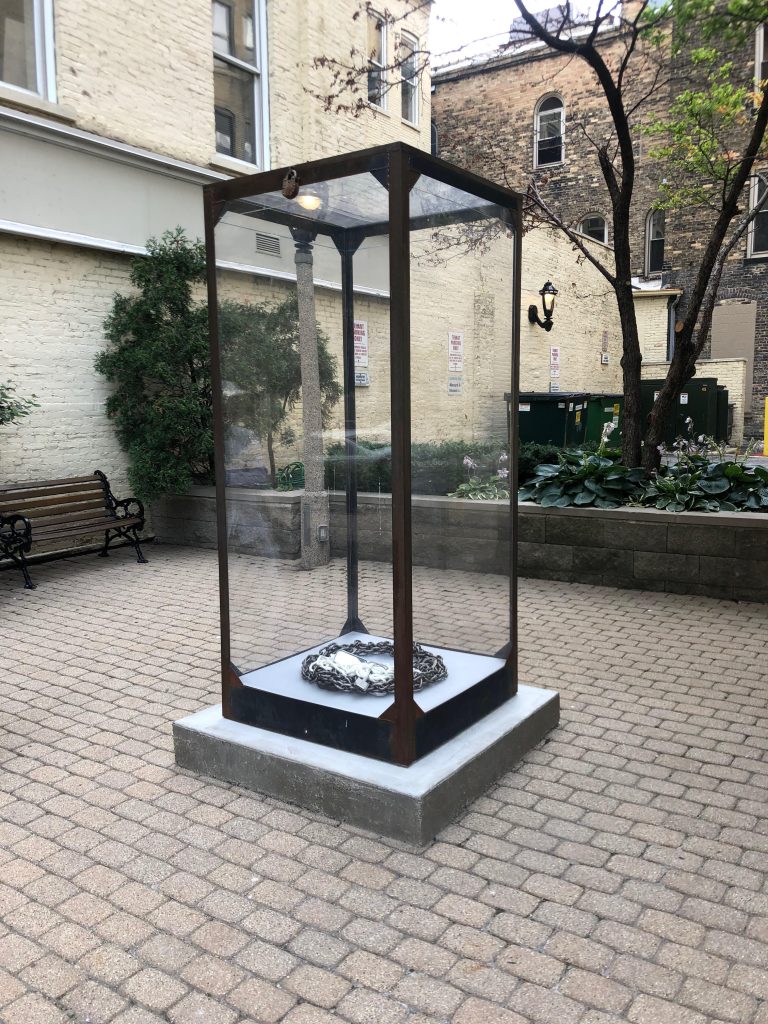
SIFC: Were there any challenges you had in creating this exhibition?
BB: A curatorial initiative in 2021 was the creation of tangible opportunities for working artists; the result has been the fabrication of more than half a dozen new works in just under six months. The timeline and logistics involved with facilitating these (often experimental) processes required a great deal of flexibility, problem-solving, and quick thinking by our curatorial and exhibitions teams. The resulting works–including a premier sandcast work by Brad Kahlhamer, the first large-scale sculpture by Jason Pickleman, and a mason-built work made of locally sourced cream city brick by Kara Hamilton–are a testament to the dedication and skills of everyone involved in their production.
SIFC: Describe one piece in the show that you think everyone should see.
BB: The suite of works by Sculpture Milwaukee’s inaugural Guest Artist Lauren Yeager (constructed in partnership with local foundry Vanguard) are a quiet and conceptual must-see. Working in the vernacular of found objects, Yeager’s forms mimic the arrangements of traditional art historical sculpture, while only minimally sacrificing the inherent functional aspects of their materials. The archeological authority of her methodical approach allows the objects that coalesce in her monumental structures to preserve a keen and almost uncanny contextual and relational familiarity.
*Edit: We conducted the interview with Bianca Bova. In the original article the interviewee was written as Sculpture Milwaukee.
